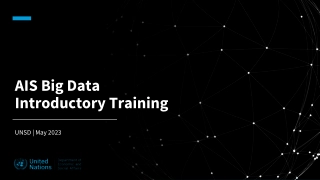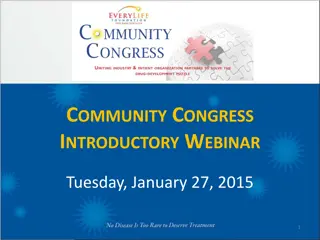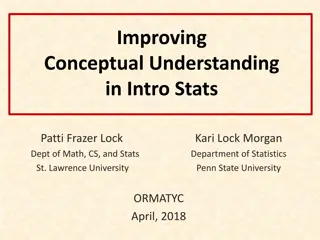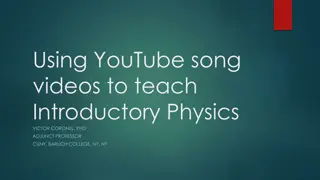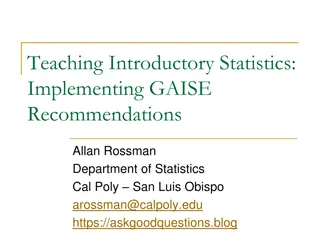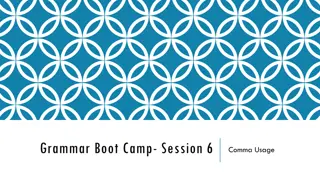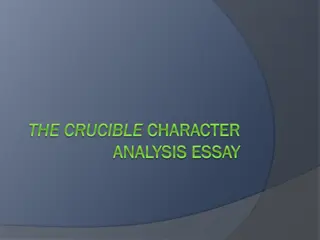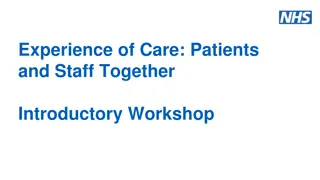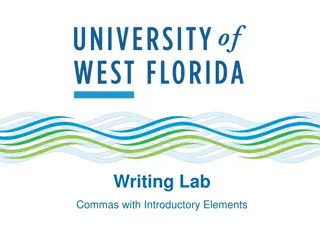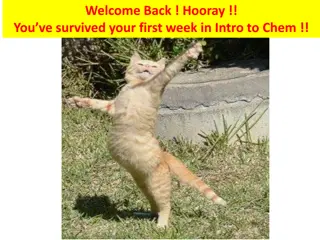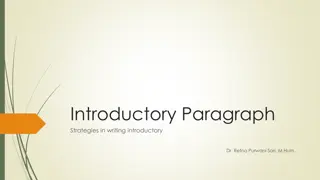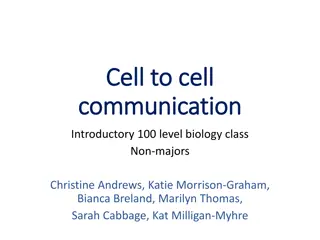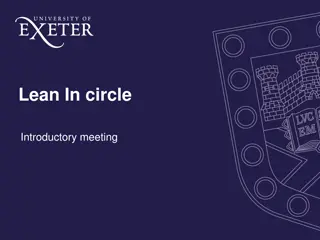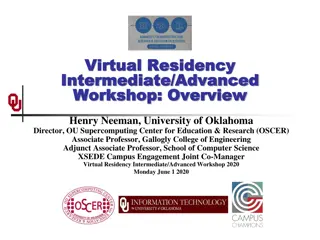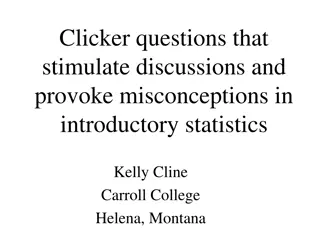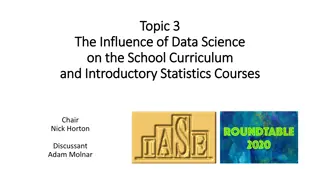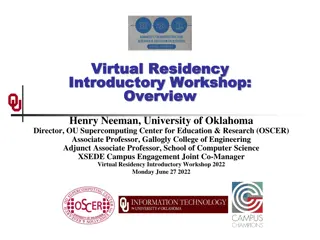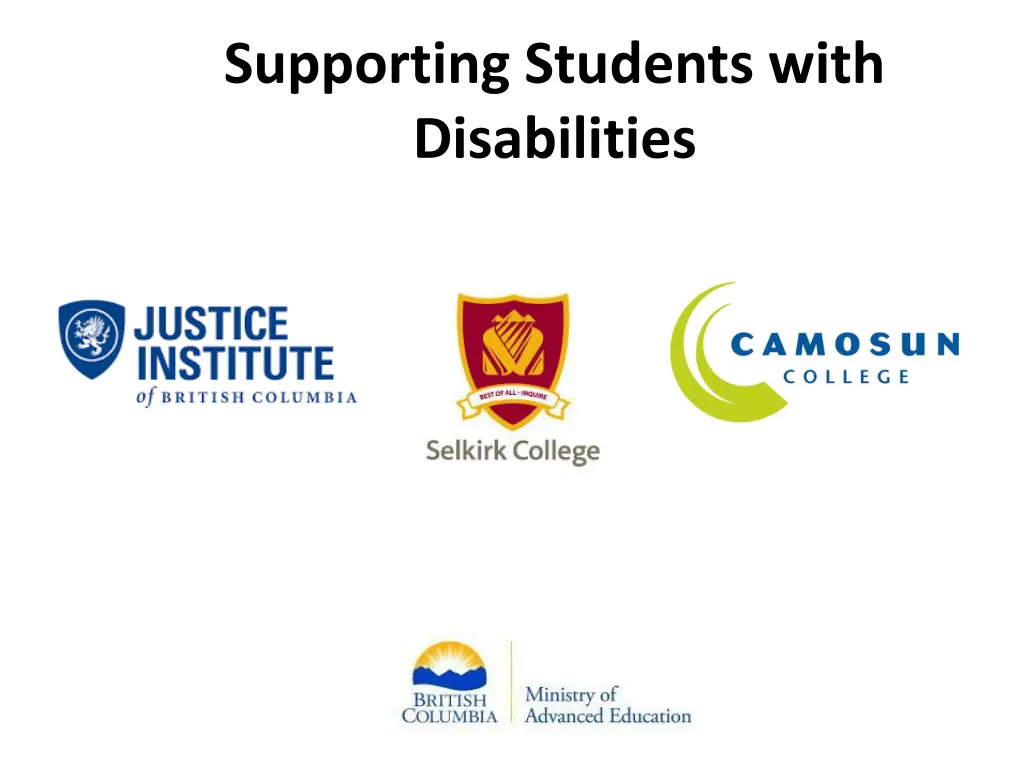
Effective Support for Students with Disabilities
Explore strategies and resources for creating an inclusive learning environment, understanding disabilities, providing accommodations, and fostering collaboration on inclusive campuses. Gain insights into teaching students with disabilities, recognizing successes, addressing challenges, and discovering opportunities for growth.
Download Presentation

Please find below an Image/Link to download the presentation.
The content on the website is provided AS IS for your information and personal use only. It may not be sold, licensed, or shared on other websites without obtaining consent from the author. If you encounter any issues during the download, it is possible that the publisher has removed the file from their server.
You are allowed to download the files provided on this website for personal or commercial use, subject to the condition that they are used lawfully. All files are the property of their respective owners.
The content on the website is provided AS IS for your information and personal use only. It may not be sold, licensed, or shared on other websites without obtaining consent from the author.
E N D
Presentation Transcript
Supporting Students with Disabilities
Introduction Supporting Inclusive and Welcoming learning environment Possible challenges and accommodations College Resources 1) Understanding Disabilities Disabilities Defined People with Disabilities in Post Secondary and the Workforce 2) Reasonable Accommodations Duty to Accommodate Student/Instructor responsibilities Lessons & 3) Instructor Toolkit Practical tools for assessing the accessibility of your classroom Universal Design for Learning (UDL) Topics 4) Working Together Creating Inclusive Campuses
What has been your experience in teaching students with disabilities? Successes? Challenges? What would you like to learn more about?
Introduction A 30-40 minute introductory workshop intended to provide resources and information to help you in supporting the learning of students with disabilities in the classroom. Topics covered in this workshop are expanded on in four subsequent lessons.
What do we mean by Disability? A physical or mental disability related to seeing, hearing, mobility, flexibility, dexterity, pain, learning, development, psychological/mental disorders or memory (Statistics Canada, 2014). A study examining employment in Canada found that the percentage of university graduates with a disability and those without a disability who were employed professionally was the same million adult Canadians being limited in their daily activities of Canadians 15 years or older reported having a disability Number of students with disabilities attending postsecondary institutions in Canada has steadily increased . On average, of student population in some institutions Silver King Campus, 2016 Selkirk College has seen an annual increase of years 3.8 14% 6% 20% of total each year over the past six 10% People with disabilities represent the largest minority group in Canada, and the only minority group that any of us can become a member of at any time.
All students have varied educational backgrounds and life experiences, interests and learning preferences. Students with Disabilities have, in addition, the impact of their disability. Resulting in great diversity among these students as well as great diversity in how they will approach their learning.
What I Wish My Instructors Knew https://vimeo.com/163744795
Accommodation Process at Selkirk -a collaborative process- Student Responsibilities Self advocacy Instructor Responsibilities Support student learning & maintain confidentiality Disability Service Coordinator Responsibilities Support student, faculty and staff
Why an Accessible Campus? Duty To Accommodate Reasonable accommodation by removing environmental and attitudinal barriers to their full participation. We want to provide and effective learning environment where all students feel welcome, can access learning and can show what they know. A campus environment where students feel comfortable being themselves and where they feel that their instructors and college staff are there to help them learn providing an inclusive campus. Students with disabilities have the capacity and motivation to succeed but may need to pursue their studies in somewhat modified ways, or may need to access particular supports in order to remove barriers to their learning.
Barriers to access 1) Speed Information Processing 2) Environmental Barriers 3) Barriers During Assessment
DIAMOND NAPKIN DIAMOND NAPKIN https://www.youtube.com/watch?v=ApYyTBsn2K0
How to Make a Diamond Napkin Fold From a square paper napkin in 11 easy steps https://www.youtube.com/watch?v=FlHVk5gUX5c
YELLOW GREEN ORANGE BLUE RED Students with learning disabilities often take longer to process information because they are not able to process the information as automatically. Processing may require more effort and concentration and may involve interference making the requested information (colour of the word) harder to provide automatically.
Given your experience with the experiential exercises earlier, what are your impressions of what attending college as a student with a disability could be like for a student attending your program? What do you think would be the most challenging? Nick s experience with Dyslexia: http://www2.unb.ca/alc/modules/learning-disabilities/video.html
Supporting Inclusive & Welcoming Campuses If these students need things done somewhat differently from the norm, how can we get this done since our schools are set up for the average student? 1) Reasonable Accommodations: academic accommodations and supports that help to remove barriers and level the playing field. 2) Universal Design for Learning: changing the ways things are done for all students to better meet the needs of diverse learners.
Interacting with Students with Disabilities 1. Recognize that students with disabilities, even with the same disability, are not alike. Treat each student as an individual. 2. Related to this, if you think that something may be helpful for a particular student with a disability, ask, but respect their choice if this is not the case. 3. Try to see the student s perspective on the situation at hand remembering that their experience of the world is different than yours ie. empathy, what is it like in their shoes? 4. Recognize that you don t need to have all the answers, that the student will likely have some, and that other campus resources such as the Disability Services Office may be able to help with ideas also. This is a collaborative effort.
Additional Resources Possible future workshops: 1) Understanding Disabilities 2) Reasonable Accommodation 3) Instructor Toolkit 4) Working Together Disability Coordinators Castlegar Trish Foy Nelson Myriam Spencer Also found online Students With Disabilities Resource Site https://sswdcourse.jibc.ca/ https://sswd.jibc.ca/

